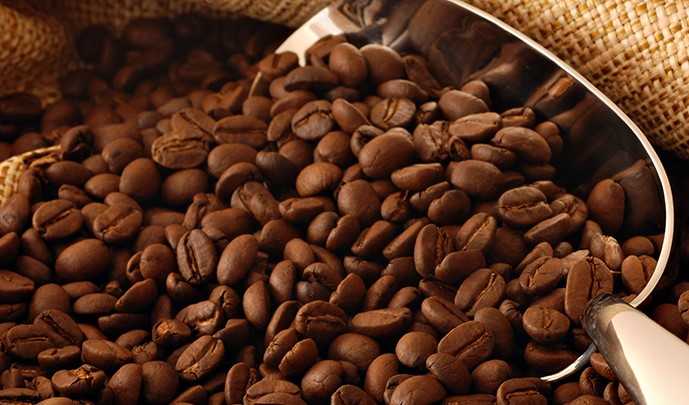Share your coffee stories with us by writing to info@comunicaffe.com.
Researchers from the Quadram Institute have developed a new technique to distinguish between superior Arabica coffee and cheaper, lower quality Robusta.
Using the new technique, a survey of ground roast coffee samples labelled as 100 percent Arabica found that 10 percent of these coffees contained significant levels of Robusta coffee.
Arabica coffee trades at up to twice the price of Robusta due to its superior taste, and because Robusta plants are higher yielding and easier to grow. This makes adulteration of Arabica with cheaper Robusta coffee an attractive possibility to fraudsters.
Distinguishing between the two types of coffee is difficult, especially when they have been roasted and ground.
Tasting isn’t reliable for detecting undeclared blends, so identification relies on chemical analysis of the many different compounds in the coffee. The major components are broadly similar, so the analysis focuses on minor components to provide a characteristic ‘fingerprint'” for Arabica or Robusta.
The current standard analytical technique focuses on one chemical, called 16-O-methylcafestol, or 16-OMC, which it detects in Robusta, but not in Arabica. However, the method is expensive and takes three days, making it impractical for large surveillance studies to detect fraud.
To overcome this, researchers from the Analytical Sciences Unit at the Quadram Institute developed a new technique to detect 16-OMC in coffee, using a benchtop NMR spectrometer from Oxford Instruments. This uses radio waves and strong magnets to get detailed information about the molecular composition of a sample.
Using the benchtop NMR reduces the time taken to process samples from 3 days to 30 minutes, saving time and money. The instrumentation is robust, portable, and can be used by non-specialists, making it suitable for use in industrial situations.
The research was funded by the Biotechnology and Biological Sciences Research Council and published in the journal Food Chemistry.
To characterise the NMR “fingerprint” of Arabica and Robusta coffee, the scientists worked with colleagues from the Royal Botanical Gardens, Kew, who provided samples with a reliable provenance.
The method is sensitive enough to detect just 1 percent Robusta in an Arabica/Robusta blend.
“This is an important milestone for detecting fraud in coffee, as 1 percent is the generally accepted cut off between trace contamination, which might be accidental, and more deliberate adulteration for economic gain” said Dr. Kate Kemsley from the Quadram Institute, who led the research.
The increased sensitivity of the new test led to an unexpected finding that Arabica does in fact contain low levels of 16-OMC. So rather than have a simple test for its presence, the researchers had to devise software to assess whether the level was above a certain threshold. Using the authenticated samples from Kew made establishing this threshold possible.
The researchers have used their technique to get an estimate of the levels of Robusta adulteration in ground coffee labelled as 100 percent Arabica. 60 different samples originating from at least 11 different coffee-growing countries and regionswere purchased by Quadram Institute staff and collaborators from across the world.
“It was immediately obvious using our test that there were several suspicious samples, producing results that were consistent with the presence of substantial amounts of Robusta – far more than would be expected through unavoidable contamination,” said Dr. Kemsley.
Giles Chapman, Head of Intelligence at the Food Standard Agency’s National Food Crime Unit said: “We’re always keen to understand how scientific advances expand the range of tools which can be used to validate the authenticity of food products sold to UK consumers. This piece of work has generated some interesting insights which we will be looking to explore further.”
Although 90 percent of the samples tested by the team were ok, the results suggest some coffee may not be as high quality as it is being described. This affects the consumer, who is paying a premium price for an inferior product. But it also has major impacts on the coffee producers themselves.
Most of the world’s coffee is produced by millions of smallholders, many of whom are from developing countries. Better surveillance, which this new technique could help deliver, will protect consumers as well as ensuring that these farmers receive a fair price for their produce.















